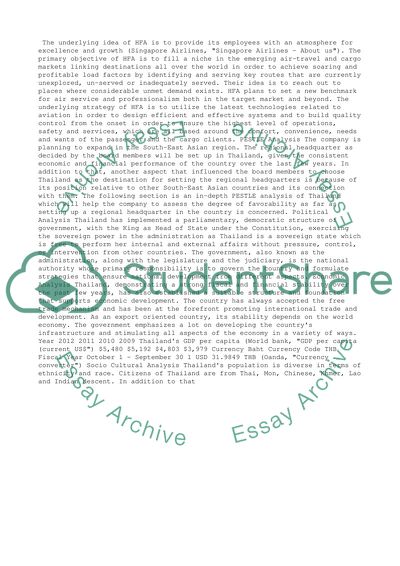Cite this document
(“High Flight Airlines Essay Example | Topics and Well Written Essays - 2750 words”, n.d.)
High Flight Airlines Essay Example | Topics and Well Written Essays - 2750 words. Retrieved from https://studentshare.org/business/1495080-high-flight-airlines
High Flight Airlines Essay Example | Topics and Well Written Essays - 2750 words. Retrieved from https://studentshare.org/business/1495080-high-flight-airlines
(High Flight Airlines Essay Example | Topics and Well Written Essays - 2750 Words)
High Flight Airlines Essay Example | Topics and Well Written Essays - 2750 Words. https://studentshare.org/business/1495080-high-flight-airlines.
High Flight Airlines Essay Example | Topics and Well Written Essays - 2750 Words. https://studentshare.org/business/1495080-high-flight-airlines.
“High Flight Airlines Essay Example | Topics and Well Written Essays - 2750 Words”, n.d. https://studentshare.org/business/1495080-high-flight-airlines.


